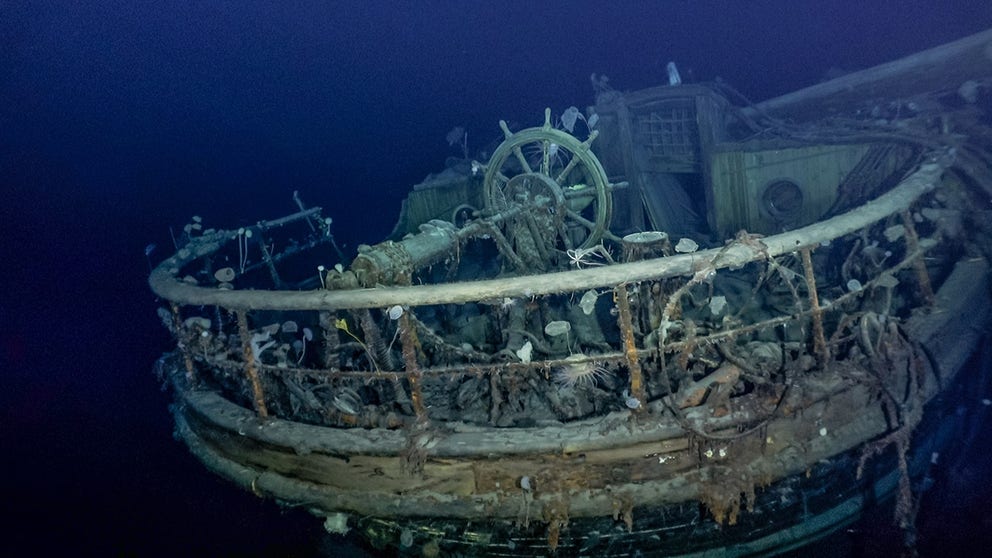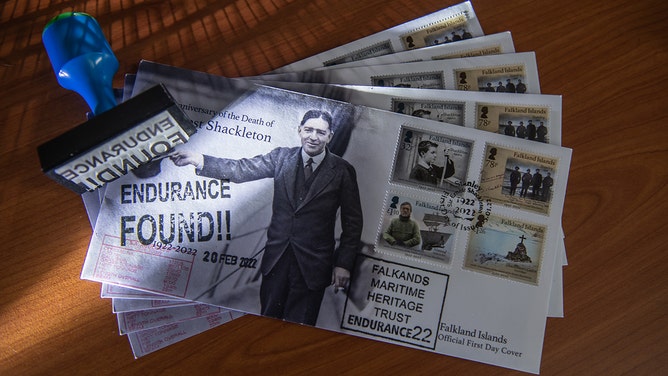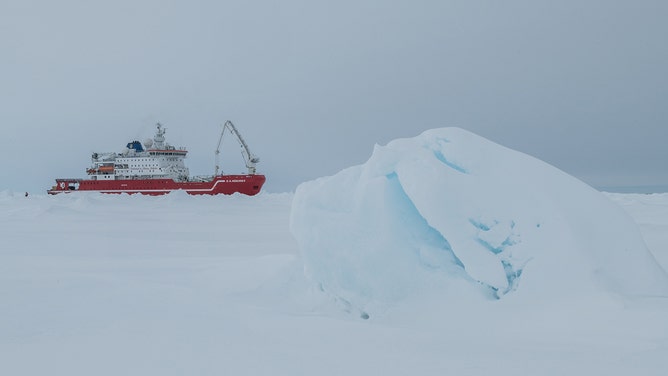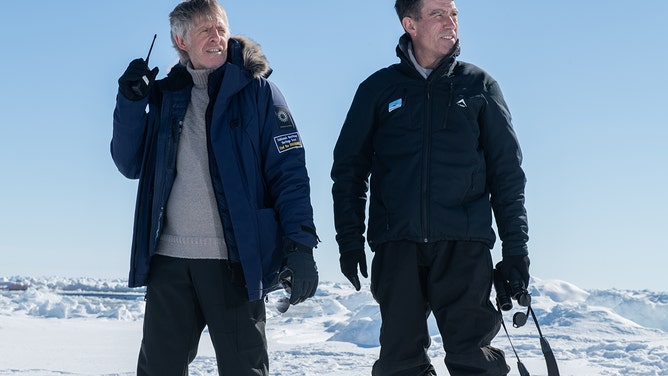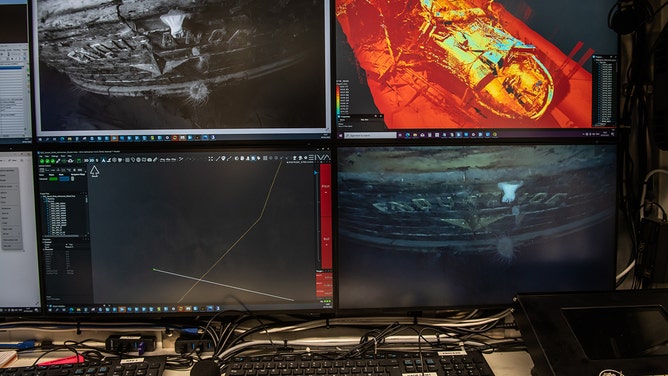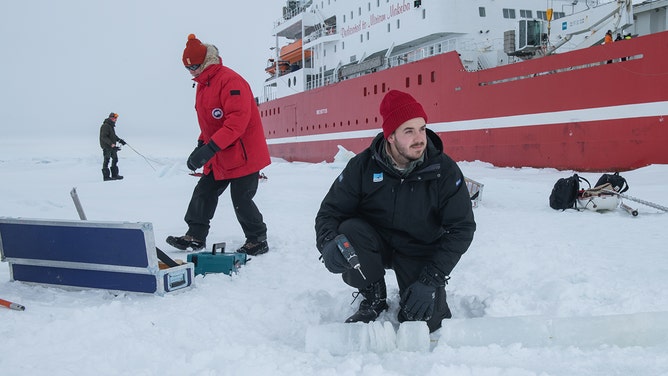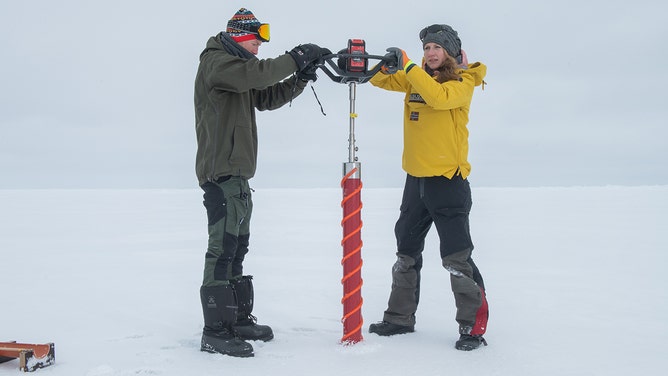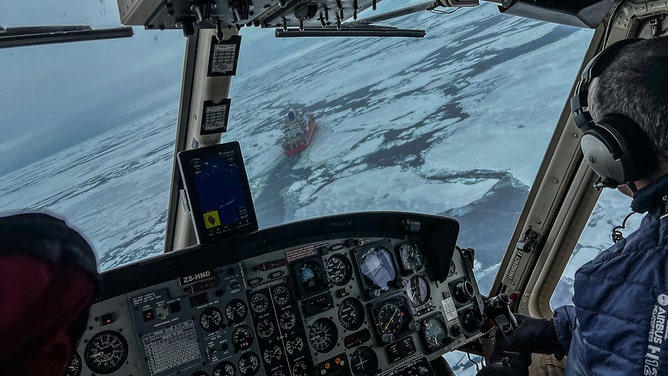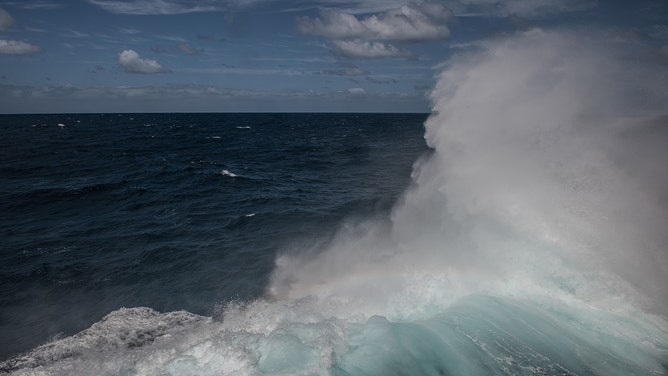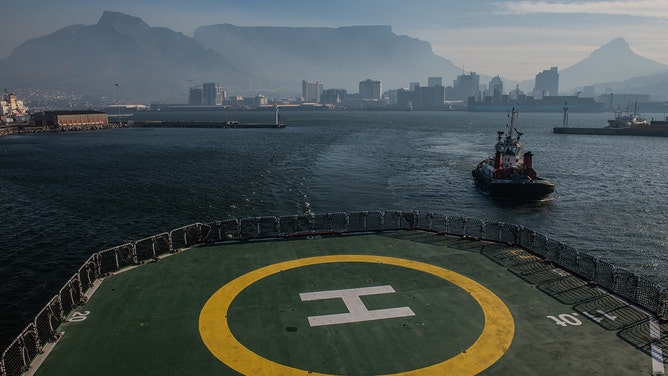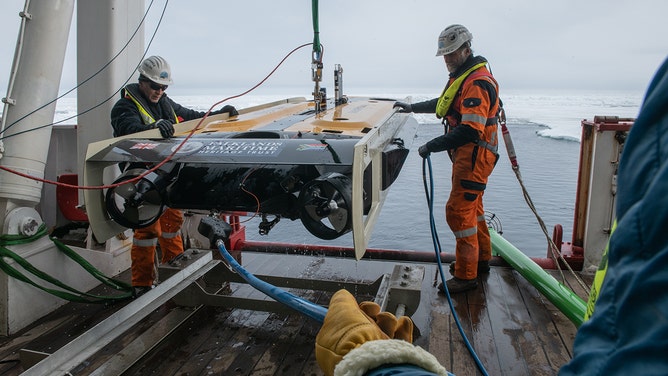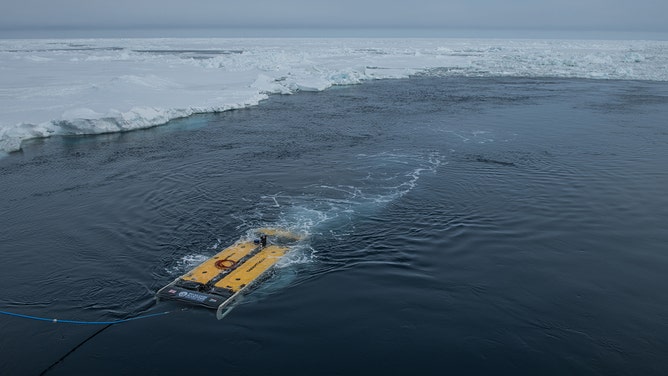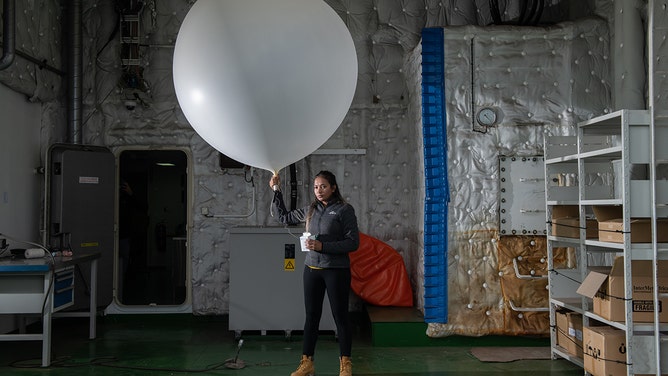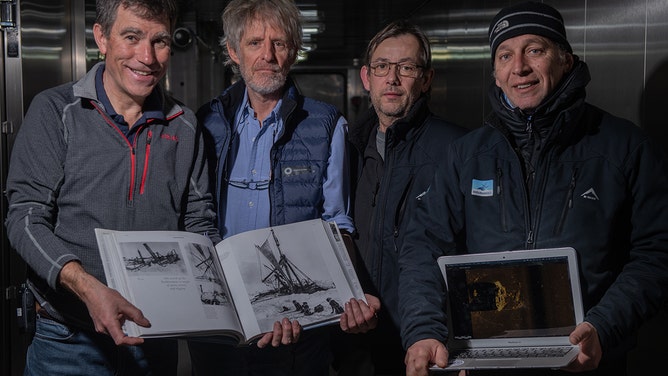Lost ship Endurance found brilliantly preserved 107 years after sinking off Antarctica
100 years after Anglo-Irish explorer Sir Ernest Shackleton’s death, his three-masted barquentine was found at a depth of nearly 9,800 feet in the Weddell Sea
Endurance is found
The Falklands Maritime Heritage Trust confirmed Wednesday that the Endurance22 Expedition located the shipwreck, which is now protected as a historic site and monument under the Antarctic Treaty.
An early 20th-century vessel once lost in the Antarctic seas has been found, completing the world’s most challenging shipwreck search and is now hailed as a milestone in polar history.
One hundred years after Anglo-Irish explorer Sir Ernest Shackleton’s death, his three-masted barquentine named Endurance was found at a depth of nearly 9,800 feet in the Weddell Sea.

The stern of the Endurance is seen with the name and emblematic polestar.
(Falklands Maritime Heritage Trust / National Geographic)
The ship never reached land and became trapped in ice and crushed, sinking in the Weddell Sea in 1915. The 28 men on board eventually had no choice but to abandon ship.
"This is by far the finest wooden shipwreck I have ever seen," said Mensun Bound, the director of the expedition to find the shipwreck. "It is upright, well proud of the seabed, intact and in a brilliant state of preservation. You can even see ‘Endurance’ arced across the stern, directly below the taffrail."
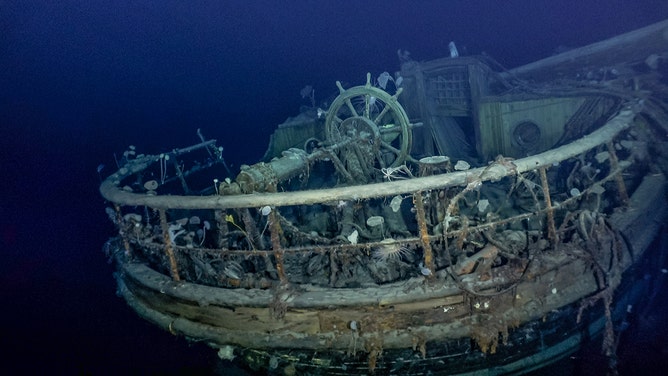
Taffrail and ship’s wheel, aft well deck.
(Falklands Maritime Heritage Trust / National Geographic)
The Falklands Maritime Heritage Trust confirmed Wednesday that the Endurance22 Expedition located the shipwreck, which is now protected as a historic site and monument under the Antarctic Treaty.
The navigational skills of Endurance’s captain, Frank Worsley, whose detailed records were invaluable in the 107-year quest, helped locate the wreck approximately four miles south of the position he last recorded. State-of-the-art sub-sea technologies were also deployed to accomplish the successful outcome.
"This has been the most complex sub-sea project ever undertaken, with several world records achieved to ensure the safe detection of Endurance," said Subsea Project Manager Nico Vincent.
The expedition team used hybrid underwater search vehicles as they worked from the South African polar research and logistics vessel, S.A. Agulhas II, owned by the Department of Forestry, Fisheries and Environment.
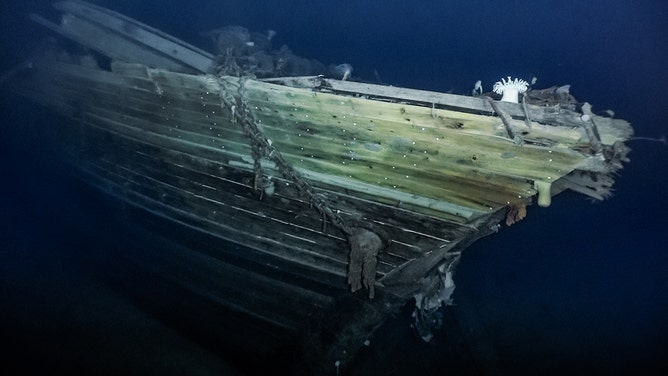
The starboard bow.
(Falklands Maritime Heritage Trust / National Geographic)
However, the ship’s discovery is not all about the past.
"We are bringing the story of Shackleton and Endurance to new audiences, and to the next generation, who will be entrusted with the essential safeguarding of our polar regions and our planet," Bound said.
Shackleton’s transantarctic expedition
It was the ambition of Shackleton to achieve the first land crossing of Antarctica from the Weddell Sea, passing through the South Pole to the Ross Sea.
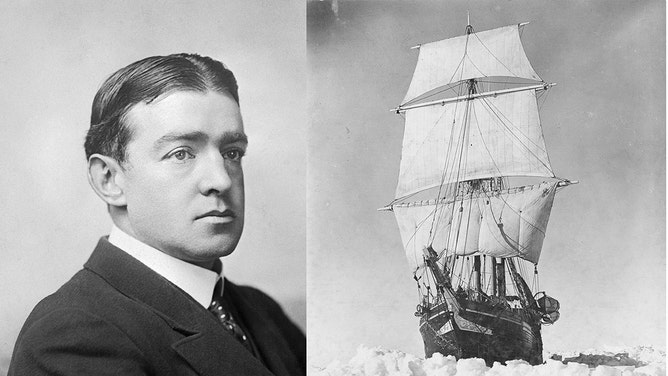
Sir Ernest Henry Shackleton, left, (1874-1922), is seen with Endurance' in the ice in full sail in Antarctica in 1914 during the Imperial Trans-Antarctic Expedition.
(Frank Hurley/Royal Geographical Society / Getty Images)
After Endurance’s sinking, the over-board crew spent months in makeshift camps on the ice floes drifting northwards.
They then took to the lifeboats to reach the uninhabited Elephant Island.
Shackleton and five others then made an extraordinary 800-mile open-boat journey to reach the British Overseas Territory of South Georgia.
After crossing the mountainous island to a whaling station at Stromness, Shackleton was eventually able to rescue the men waiting on Elephant Island and bring them home without loss of life.
The future of Shackleton and beyond

In this multi-temporal illumination map of the lunar south pole, Shackleton crater (19 km diameter) is in the center, the south pole is located approximately at 9 o'clock on its rim. The map was created from images from the camera aboard the Lunar Reconnaissance Orbiter.(Credits: NASA/GSFC/Arizona State University)
(NASA)
A very large, deep and icy crater on the moon also carries the namesake of Shackleton. The cavity is 2 miles deep and more than 12 miles wide.
The Shackleton crater near the moon’s South Pole is believed to contain water ice that could be used for drinking and making rocket fuel. Data from NASA’s Lunar Reconnaissance Orbiter indicates the crater could be 22% ice.
This is why the Shackleton Crater is the future landing site of an American moon lander.
Intuitive Machines will land its robot called NOVA-C along the ridge of the enormous crater in late 2022. NASA selected NOVA-C to carry the agency’s ice-mining experiment that will drill three feet into the hole searching for ice or other minerals.
Documenting the expedition
As the 21st-century exploration team begins their return leg to Cape Town, South Africa, crew leader John Shears reflects on the educational outreach his team has presented.
"Live broadcasting from onboard, (allowed) new generations from around the world to engage with Endurance22 and become inspired by the amazing stories of polar exploration, and what human beings can achieve and the obstacles they can overcome when they work together," Shears said.
A documentary chronicling the expedition, which National Geographic has commissioned, is set to air later this year.
FOX Weather's Emilee Speck contributed to this report.
